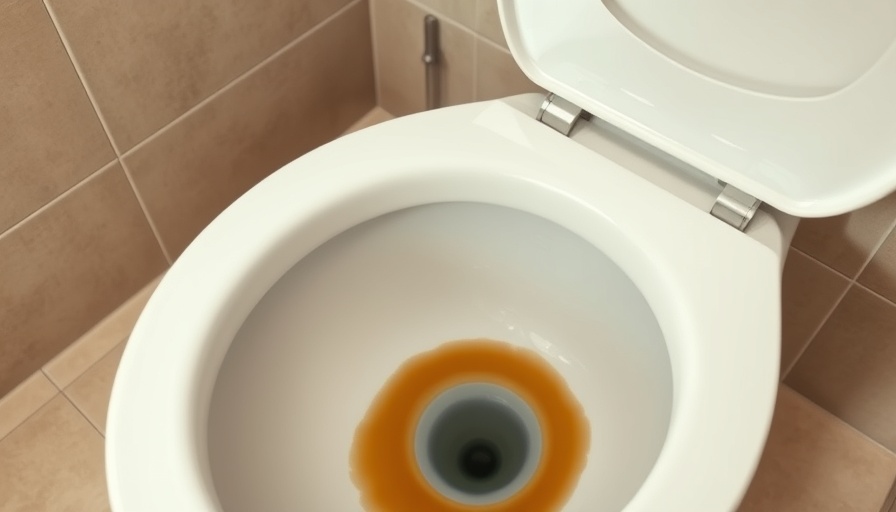
Mastering the Art of Removing Window Screens: A Complete Guide
If you're a homeowner looking for a straightforward yet informative guide to removing window screens, you've come to the right place! Whether for repairs, replacements, or just a seasonal cleaning, knowing how to effectively take down your window screens can make a world of difference in maintaining your living space. This guide will empower you with the necessary skills and understanding to handle this task safely and efficiently.
Understanding Your Window Screen Types
Before diving into techniques, it's essential to familiarize yourself with the different types of window screens. Screens come in various designs and installation methods, which can influence how you remove them. Here’s a brief overview:
- Interior Window Screens: Normally installed from the inside, these screens offer aesthetic benefits and can be easily accessed during maintenance.
- Exterior Window Screens: These are fitted outside and may require special techniques due to their installation method.
Essential Tools for the Job
Preparation is key! Ensure you have the following tools handy:
- Screwdriver: Useful for removing any screws that may secure the screen frame.
- Utility Knife: If you need to cut away any existing spline or sealants.
- Gentle Pry Tool: Helpful for dislodging screens without damaging the frame.
Step-by-Step Guide on Screen Removal
Now, let’s begin the step-by-step process of removing your window screens:
- Open the Window: Start by fully opening your window to allow access to the screen.
- Locate Remove Tabs/Dowels: Search for any tabs or dowels securing the screen to the frame. These are often found on the sides of the screen. Pull them out gently.
- Pull Out the Screen: Lift the screen slightly and angle it to remove it from the frame. If your screens use pins, remember to take those out carefully.
- Store Carefully: Lay your screen down flat in a safe area to prevent damage during repairs or replacements.
Addressing Common Issues in Screen Removal
Every DIY enthusiast knows that surprises often arise. Here are some common issues you might face:
- Stuck Screens: If a screen doesn’t budge, there might be debris or rust. Gently pry it out with your tool.
- Bent Frames: Inspect the frame carefully and use a level to fix it before attempting to re-install the screen.
Cleaning and Maintenance Tips
While you have your screens out, this is the perfect time to give them a cleaning. Use a soft brush and warm, soapy water to wash away dirt. Storing your screens in a dry, flat location ensures they remain in great shape until you are ready to reinstall them.
Future Predictions and Seasonal Considerations
Moving forward, taking care of your window screens can enhance your home's ventilation and protect against insects. In an era of climate change awareness, also consider using energy-efficient screens that maximize airflow while minimizing dirt entry.
Final Thoughts: Take Charge of Your Home Improvement Projects
Understanding how to handle window screens is valuable knowledge for homeowners. This skill can save you time, money, and unnecessary stress. If you follow this guide and take proactive steps to maintain your window screens, your home will not only look beautiful but will also function optimally. Don’t hesitate; grab your tools and get started on this rewarding DIY journey!
Want to dive deeper into home improvement? Check our other articles that cover repairs and renovations to turn your home into your dream space!
 Add Row
Add Row  Add
Add 




Write A Comment